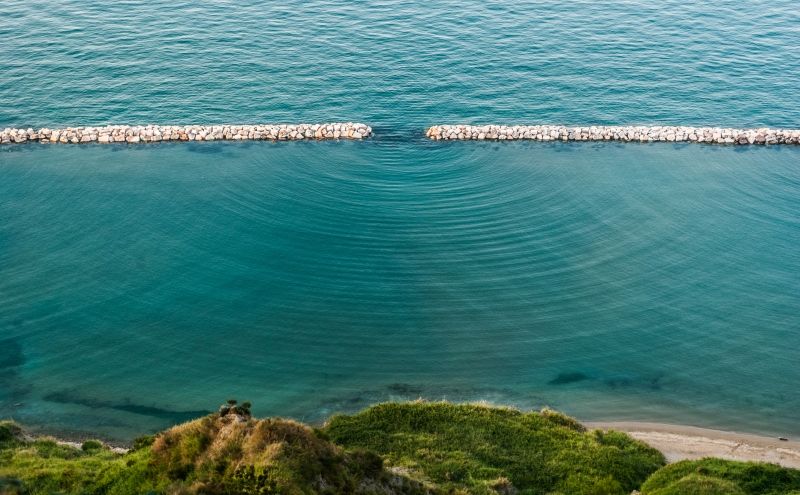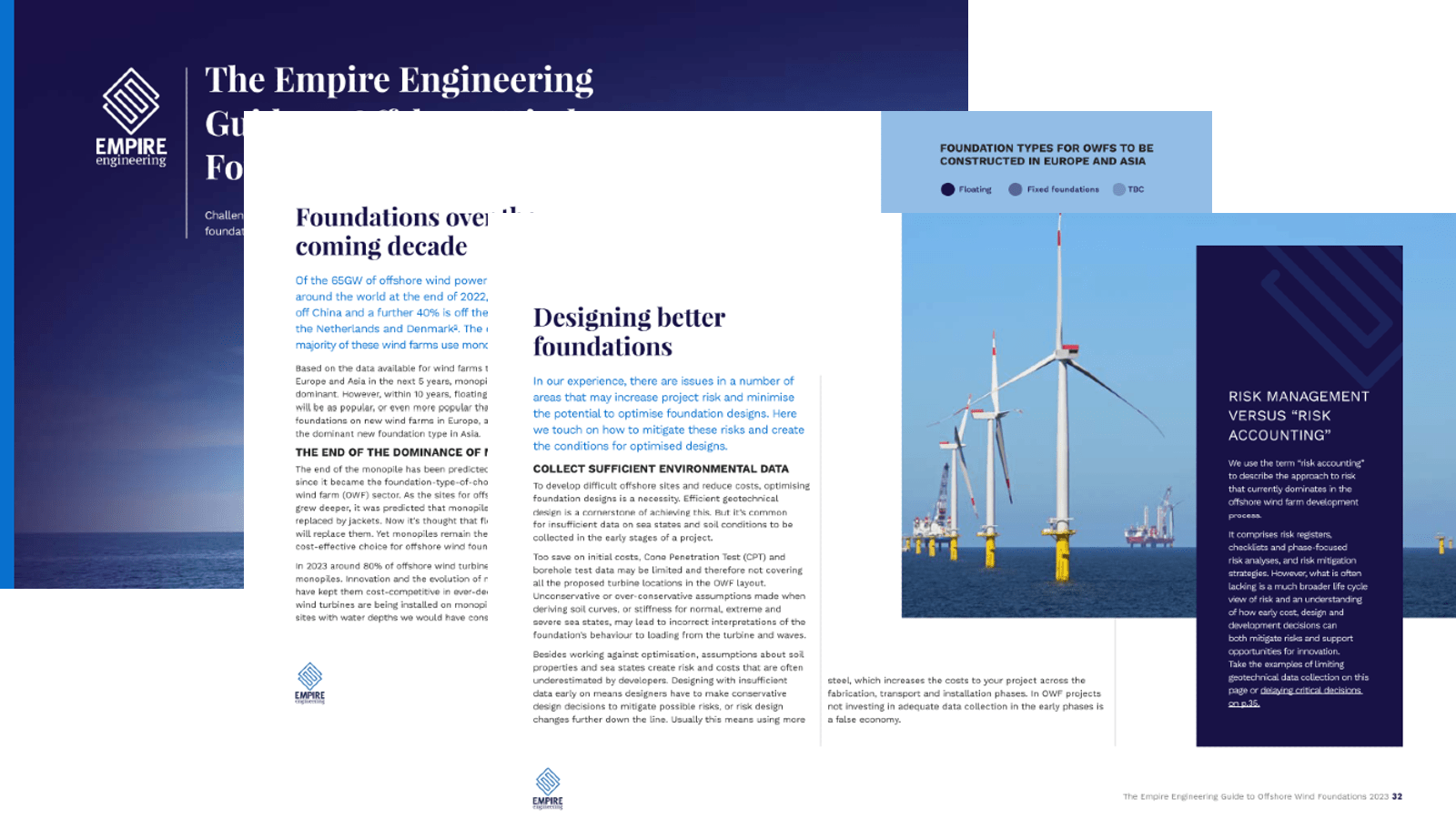By Romero Moreira Silva
A heated debate
Everything started a few months ago when I was attending a round table discussion with wind energy specialists from across industry and academia. Different points of view were presented for various topics and in the middle of the event one of the specialists raised his concerns about the visual impact of offshore wind. I listened to the discussion and heard a point being made that even if a wind farm was ‘hundreds of kilometres away,’ it could still present a visual impact. The discussion got a little heated and the example of hiking in Mediterranean mountains was used. The idea being that if you were high up on the path, you could look far out to the ocean and a large wind farm would spoil the view.
It is not surprising that things got a bit spicy – who does not get passionate about their homeland? As the months have rolled by since that afternoon, I have found myself thinking about what was said. I’m a bit of an amateur astronomer and this kind of debate is very much food for thought.
Concerns about the visual impact of offshore wind
Geometrically speaking, the maximum horizontal distance one can see on the ground is finite and dependent upon the height of the eyes of the observer by means of (sorry for the disappointment) Earth being round.
More specifically, if not considering atmospheric refraction, the furthest line of sight one could have, would be tangent to the planet’s surface on the point of maximum visual range. It means that a 1.7 metre tall (5’7’’) human being standing on the beach, at sea level, would be able to see a mere 4.6 kilometres (2.9 miles) towards the ocean. However, that same person would be able to see 113 km (70 miles) away if doing the same thing on top of a 1-kilometre-high (3280 ft) mountain. For those who have ever gone hiking with a sea view this idea may seem very fairly obvious. This does indeed present what appears to be a strong argument for the visual impact of offshore wind even when situated far from the coast.

The effect of diffraction
Things start to get interesting when we consider the effect of light diffraction that takes place inside the human eye. Diffraction is, simply put, the phenomenon of spreading of a wave when passing through a gap. Being an electromagnetic wave, light is also subjected to the same phenomenon. This effect can be seen when nice and parallel sea waves, also known as swell, radiate away in all directions from a gap in a wave brake barrier after passing through it, instead of following its initial path.

After passing through the wave breaker gap, the sea waves continue their way towards the shore, this time in a diverging radial pattern.
Diffraction is well-known by astronomers since it limits the angular resolution of their equipment causing pictures of sky objects to look bigger than they actually are or even to merge two objects in a single one if they are sufficiently close to each other.
The minimum size an object can be resolved decreases with the diameter of the telescope. The Rayleigh criterion was defined to determine the minimum resolution of these devices.
“For the nerdier among us, this minimum angular resolution , in radians, is approximated by the wavelength and telescope diameter via θ=1.22 λ/D. Objects that are closer than this angle may be hard to distinguish from each other.”
Given that our eyes are our own private bio-telescopes, we can apply the Rayleigh criterion to them as well. We start by considering a pupil aperture of 3 mm (1/8’’), which is an average pupil size we would expect on one of the sunny days people in the south of France love to brag about. Yes, we could also consider the pupil size during a cloudy day, but the visibility is reduced in such conditions anyway.
Taking into account the shortest wavelength humans can see (after all I am still an engineer and I need to be conservative), we would find a minimum angular resolution of 0.00885° for the human eye.
That is a cool number, but what does it mean?
Well, it is like seeing the face of someone 400 m (1300 ft) away and trying to see each eye. The further you go, the harder it is to pick out the details. The human eye would not be able to distinguish two objects separated by that angular distance, let alone something in objects with a smaller angular size.
In the context of an offshore wind farm, these numbers translate into 15 metre (45 ft) objects viewed from 100 km (60 mi) away or 30 metre ones (90 ft) seen from 200 km (120 mi) away. When it comes to present size offshore wind turbines, they rarely have structures greater than 15 m in both width and length (most pieces are often slim despite their large sizes, see references of sizes here and here), let alone 30 m. Thus, chances are that, even on a sunny day, wind turbines will be very hard to distinguish from the marine landscape from distances in the order of one hundred kilometres or more.
From theory to practice
This conclusion must be taken with a grain of salt and can only be confirmed with real world observation. After all, such structures can be seen by means other than their mere distinguishable silhouette against a background. Additional factors can come into play, such as directed solar light reflection or stroboscopic effects due to the turbine rotation. Furthermore, we could also start to look at the behaviour of safety lighting flickering or the possible combined visual effect of multiple turbines in a farm.
Despite all of this, I believe the argument that the visual impact of offshore wind will be minimal once we accept the imperfections of the human eye and the fact that the vast majority of the wavelengths of light we see will diffract more than what my assumptions consider. On top of this, another factor is the opacity and turbulence of the atmosphere which become relevant at length scales under consideration, further contributing to reducing the visibility of the turbines.
In the end, it is important to question ourselves regarding changes in our view of the natural beauty of the sea. For sure, offshore wind turbines can, and will, be seen more and more. After all, it’s not new for mankind to change the environment: roads, bridges, breakwaters, trains and aeroplanes all have blended into our habitat over time and are here to stay.
How will we feel about offshore wind turbines being added to the list as part of our quest to generate renewable energy for the future.
Empire specialists can effectively and efficiently assist with your offshore wind project. To find out more, please Get in touch with the team at Empire Engineering.

